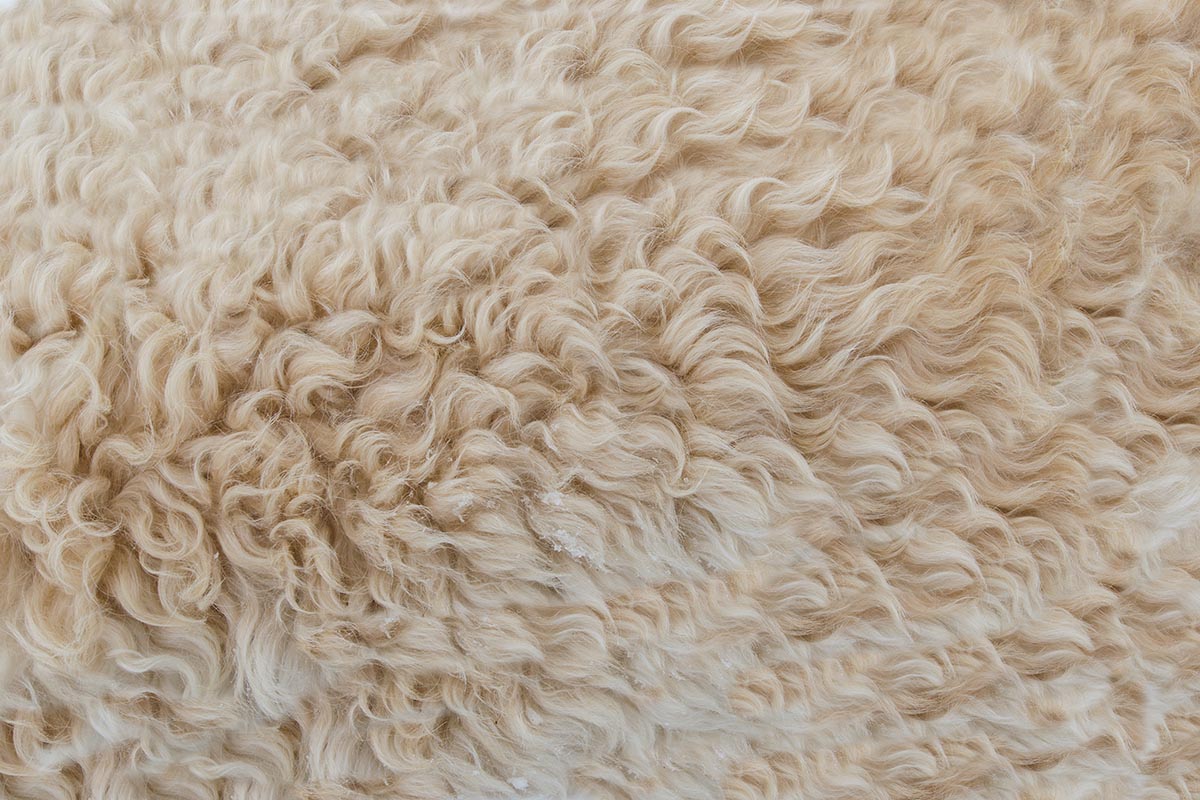The Change in UK Wool Demand
From beds, clothing to the finest carpets – UK wool is incredibly diverse thanks to the 120 different breeds of sheep that bolster its offerings.
This means there are now a number of uses of wool, across several industries.
However, over the past decade, the UK wool market has had an increased level of volatility and uncertainty.
It once powered a domestic industry in textile and carpet manufacturing, but sheep are now primarily reared for meat and wool is often seen more as a by-product.
During low points in market value, farmers have been known to burn their fleece harvest when it isn’t economically viable to sell at the market. So why has the wool demand changed?
Merino wool, primarily exported from New Zealand and Australia is the softer, finer wool you often find in clothing.
The scratchier, coarse wool from UK sheep had fallen out of clothing favor long before and had seen primary use in carpets.
But as the British carpet industry had begun to change with trends toward hardwood flooring or a move to use of more synthetic fibre, the previous use of wool had become less desirable.
Chinese fashion market
Some of the turmoil may be attributed to the uncertainty of Brexit and the volatility of trade between China and the US-China has been the biggest importer of British wool over the past decade making up 25-35% of the market.
A shift in the Chinese fashion market had seen a move away from big woolen clothing, and had the shift to use of more merino wool gained popularity.
Whilst there is still a sizable market in China for the wool with use in carpets, even small changes can be felt as it makes up the bulk of the wool export.
There are those trying to innovate new uses for the wool to bolster the trade – with the unique creations they hope to increase the demand for the versatile material.
One product of which, called Solidwool, would mix wool with a bio-resin and then used to create things such as stools to glasses frames.
Another creative innovation from the use of wool are sound absorbers – the more coarse wool being perfect for the application of sound dampening and has managed to create a small niche in the market.
They have been able to capitalize on the low price that comes with the diminished demand, with some wool costing as little as 30p per kilogram.
As it stands now, the UK wool market has seen a steady decline with prices dropping month on month with short bouts of strong sales here and there.
There has been talking of optimism, however – the new innovations have certainly helped breathe some new life into the struggling market.
With the creativity, it may help others take an alternative look at the uses, there have also been talks of new strategies to try and boost the demand of UK wool with a nod to modernizing and moving into new markets which may see the uses of wool fall into a more niche market.




















